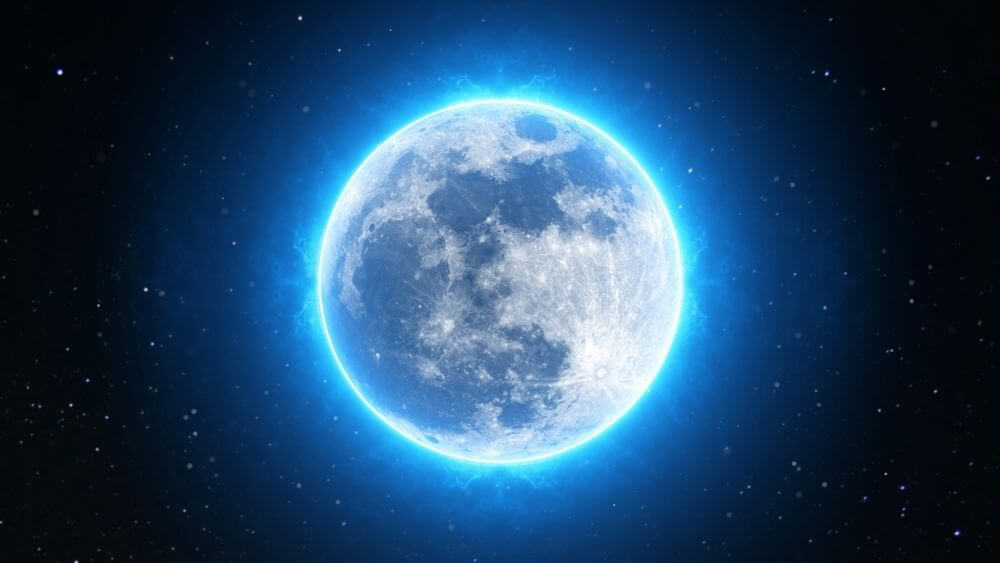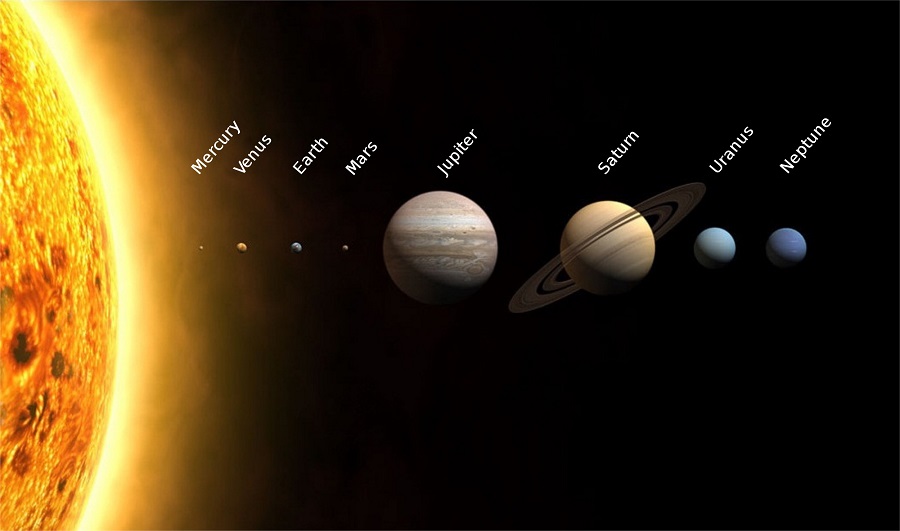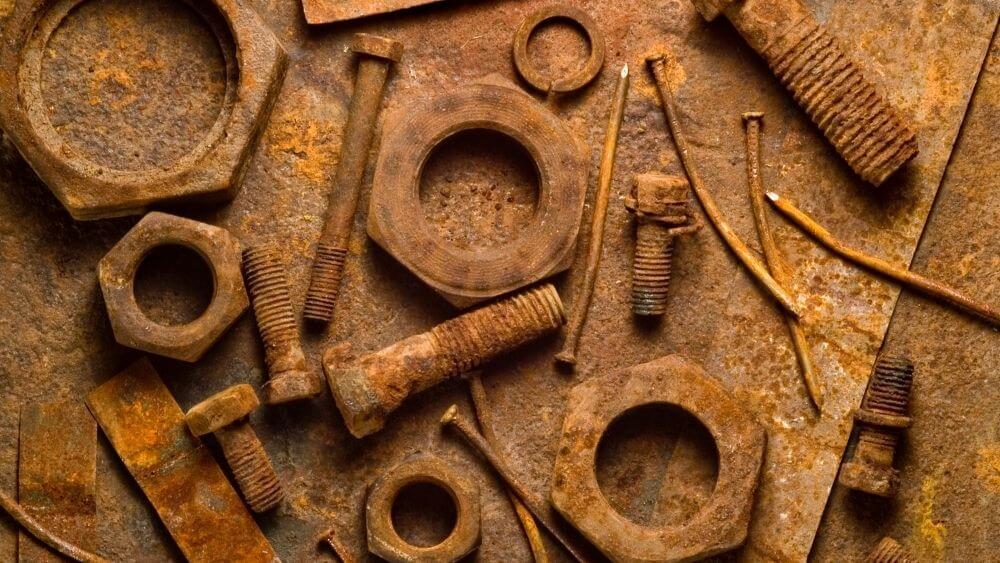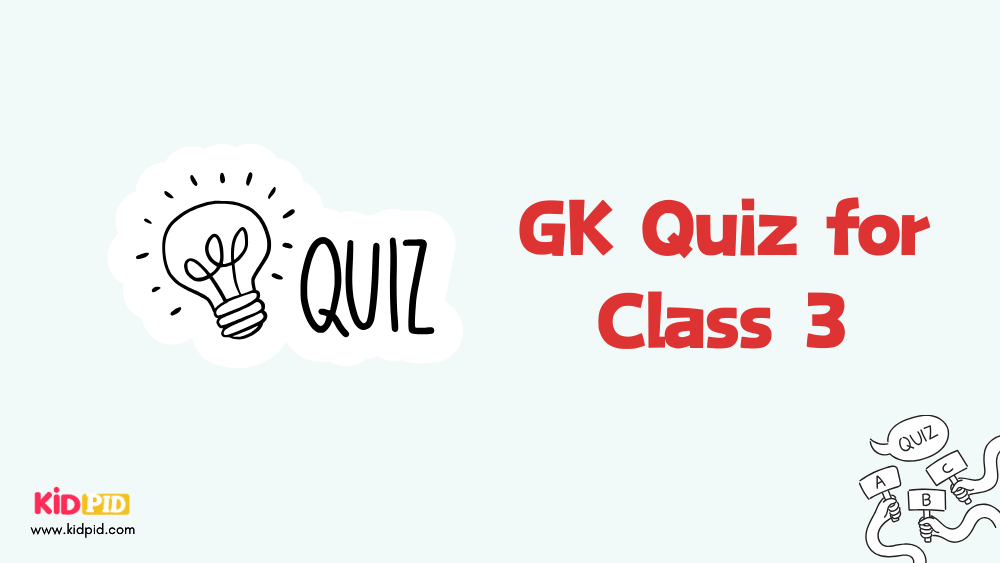What is the Moon made of?

Moon is the Earth’s only natural satellite. The moon revolves around the Earth in the same way that the Earth revolves around the sun, that is, it revolves around itself or rotates, as well as around the Earth.
Contents
Why do we need to have a moon around Earth?
- The tides we witness around the year are the result of lunar gravitational force as well as that of the Sun. Without moon there will be a great disturbance in tides.
- The gravitational force of moon is not that strong to affect the Earth directly, however it is strong enough to show its effect on water causing tides.
- Many organisms decide their timetable by the moon.
- According to some scientists, the moon stabilizes the Earth around its axis of rotation. So, without the moon, the Earth could have missed its axis of rotation at some time causing redistribution of all the water present on Earth.
What is the Moon?
- Moon is a natural satellite that revolves around the Earth.
- It is the second-brightest object for Earth after sun.
- On an average, the distance between the moon and Earth is about 3,84,400 km.
What is the moon Made up of
- The moon is made up of multiple layers.
- The innermost layer of moon is known as the Lunar Core.
- Lunar Core:
- The lunar core is composed of metallic iron and some amount of sulphur and nickel.
- The layer above the Lunar Core is named the Mantle.
- Mantle:
- It is the largest part of the moon.
- The lunar mantle extends about 50 km below the surface of moon.
- This layer is rich in iron as compared to Earth’s mantle and mostly comprises minerals.
- The outermost layer of the moon is referred to as the crust.
- Crust:
- It extends about 50 km in depth.
- The crust of the moon is mostly composed of oxygen, silicon, magnesium, iron, calcium and aluminium.
- It also consists of elements such as titanium, uranium and hydrogen, in small amounts.
Fun Facts:
- Moon came into existence due to the smashing of an enormous rock with the Earth.
- We always see the same part of the moon.
- The moon is drifting away from our planet about 3.8 cm each year.
Additional Questions:
- Write about other planets that have moons orbiting around them.
- Describe in detail the solar system.
- What is the moon, and what are its advantages?
True or False:
- Moon orbits around sun.
- Moon is Earth’s only natural satellite.
- The tide on Earth is due to the sun only.
- Lunar gravitational force is the gravitational force of sun.
- Innermost layer of the moon is termed as the lunar core.
Objective Quiz:
- Moon is Earth’s only __________.
- Natural satellite.
- Artificial Satellite.
- Both 1) and 2).
- None of the above.
- The moon revolves around the Earth just like _______.
- The Earth revolves around the sun.
- The Earth revolves around the moon.
- The Earth revolves around Mercury.
- All of the above.
- Tides are the result of __________.
- Lunar gravitational force.
- Earth’s gravitational force.
- Both 1) and 2).
- None of the above.
- The outermost layer of moon is known as the ________.
- Crust.
- Core.
- Lunar Core.
- Mantle.
- The average distance between Earth and moon is ______.
- Two lakhs thirty-eight thousand nine hundred kilometres.
- Four lakhs thirty-eight thousand nine hundred kilometres.
- Three lakh eighty-four thousand four hundred kilometres.
- None of the above.






Responses